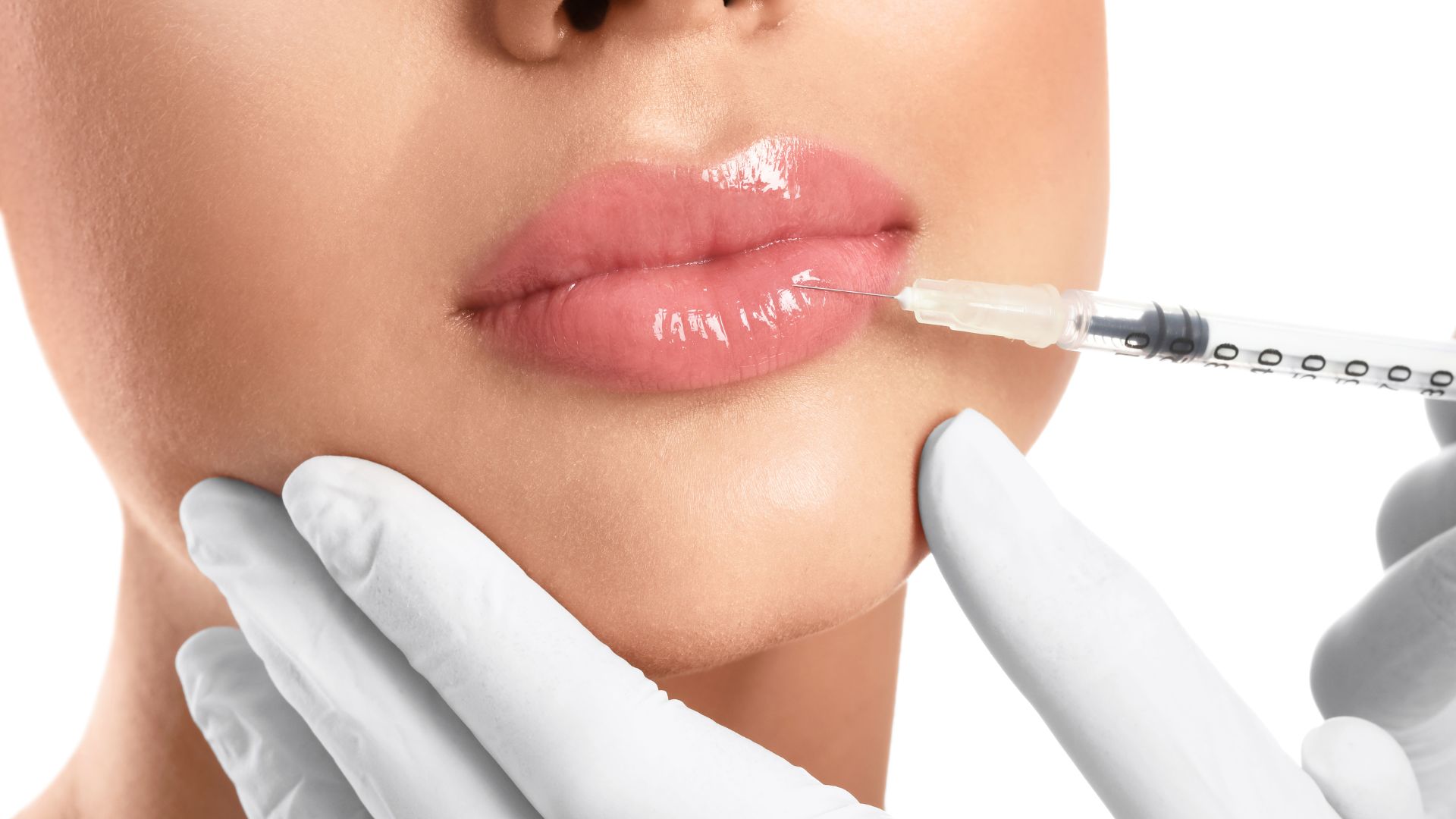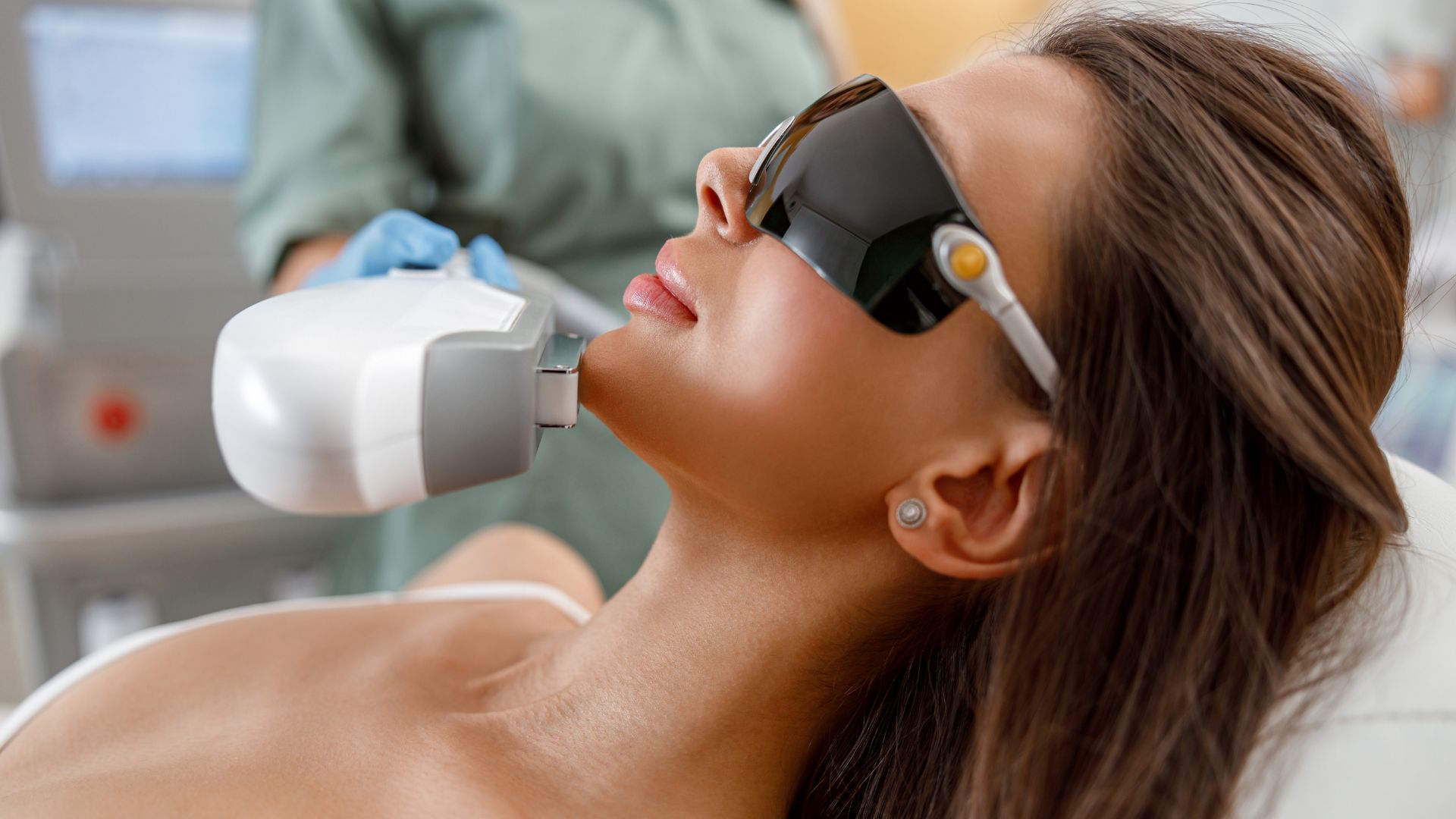
Lip Filler Techniques for Every Face: Tailoring Treatments for Optimal Results
The popularity of lip fillers has surged in recent years, becoming a cornerstone of aesthetic medicine. They not only enhance facial harmony but also combat signs of aging by restoring volume and shape to the lips.
According to a 2020 report by the American Society of Plastic Surgeons, over 3.4 million dermal filler procedures were performed in the U.S., with lip augmentation being a top request. However, a one-size-fits-all approach doesn’t work in lip filler treatments. Each patient’s unique facial anatomy, aesthetic goals, and desired outcomes should guide the choice of injectable filler techniques and products.
At Aesthetics Medical Training (AMT), we specialize in educating licensed healthcare professionals on the latest in cosmetic procedures, including lip filler injection techniques. Our goal is to ensure aesthetic practitioners are skilled in tailoring treatments to individual patients, delivering natural-looking results that enhance facial aesthetics while minimizing the risk of complications.
In this article, we will cover:
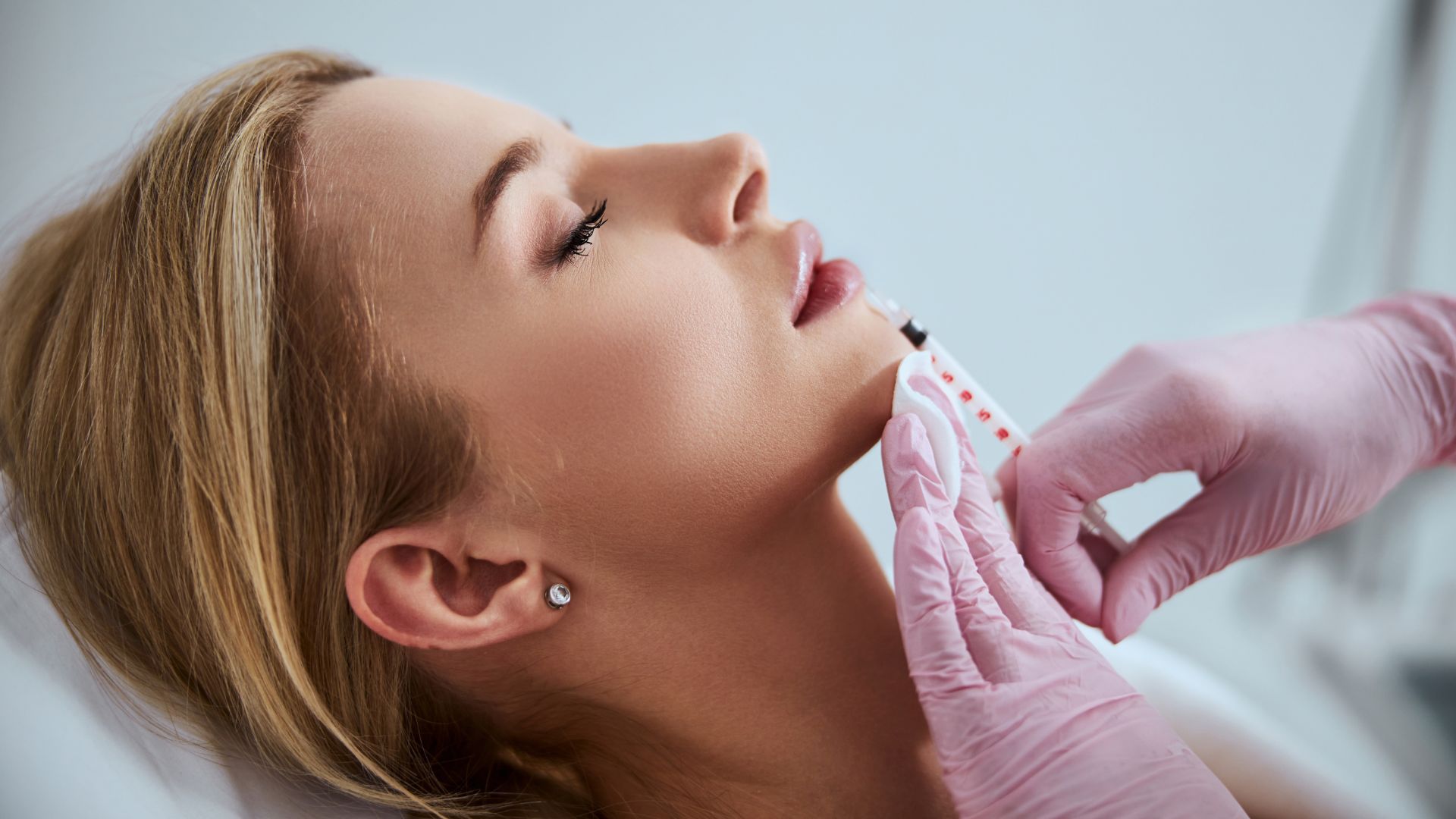
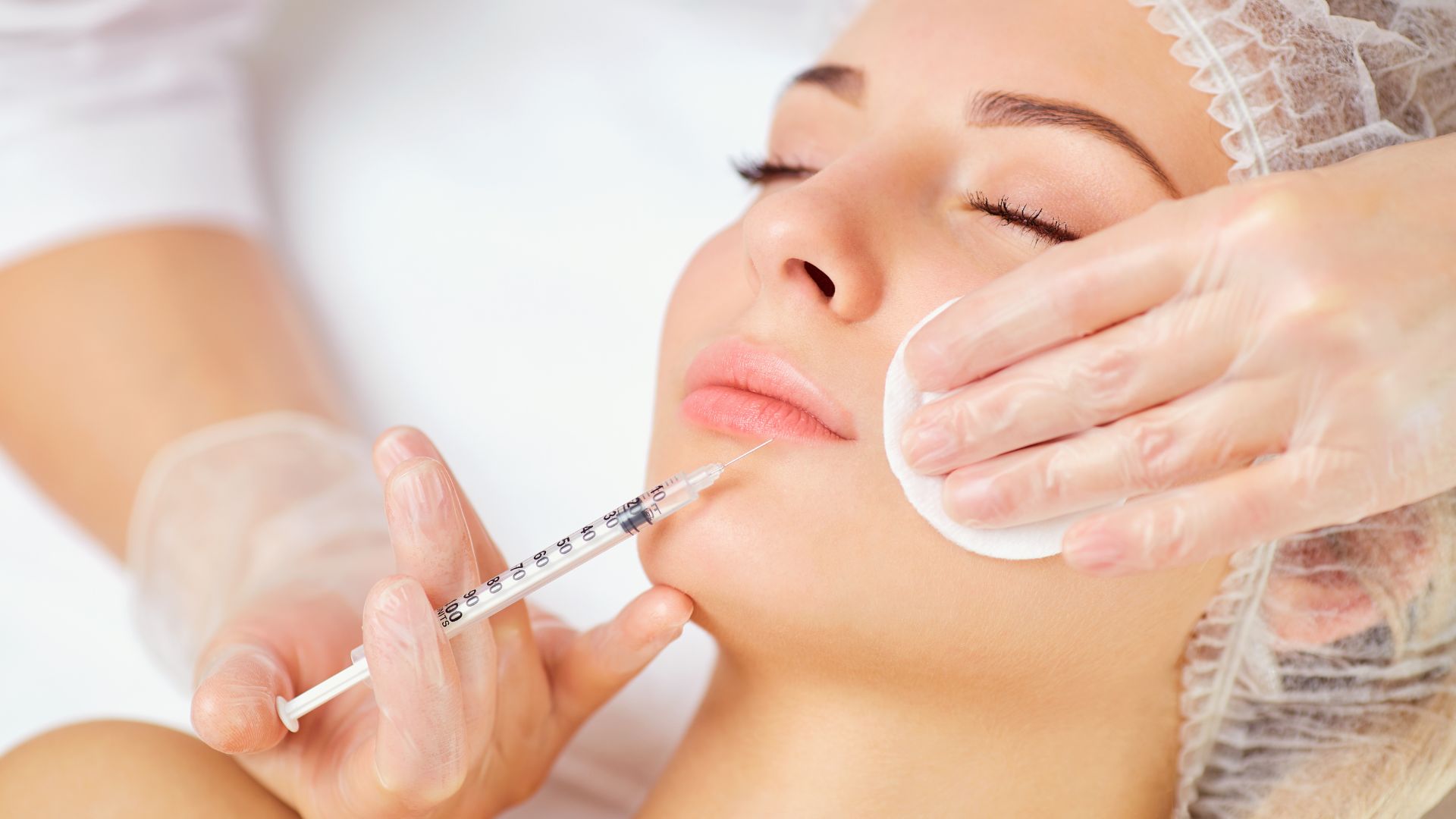

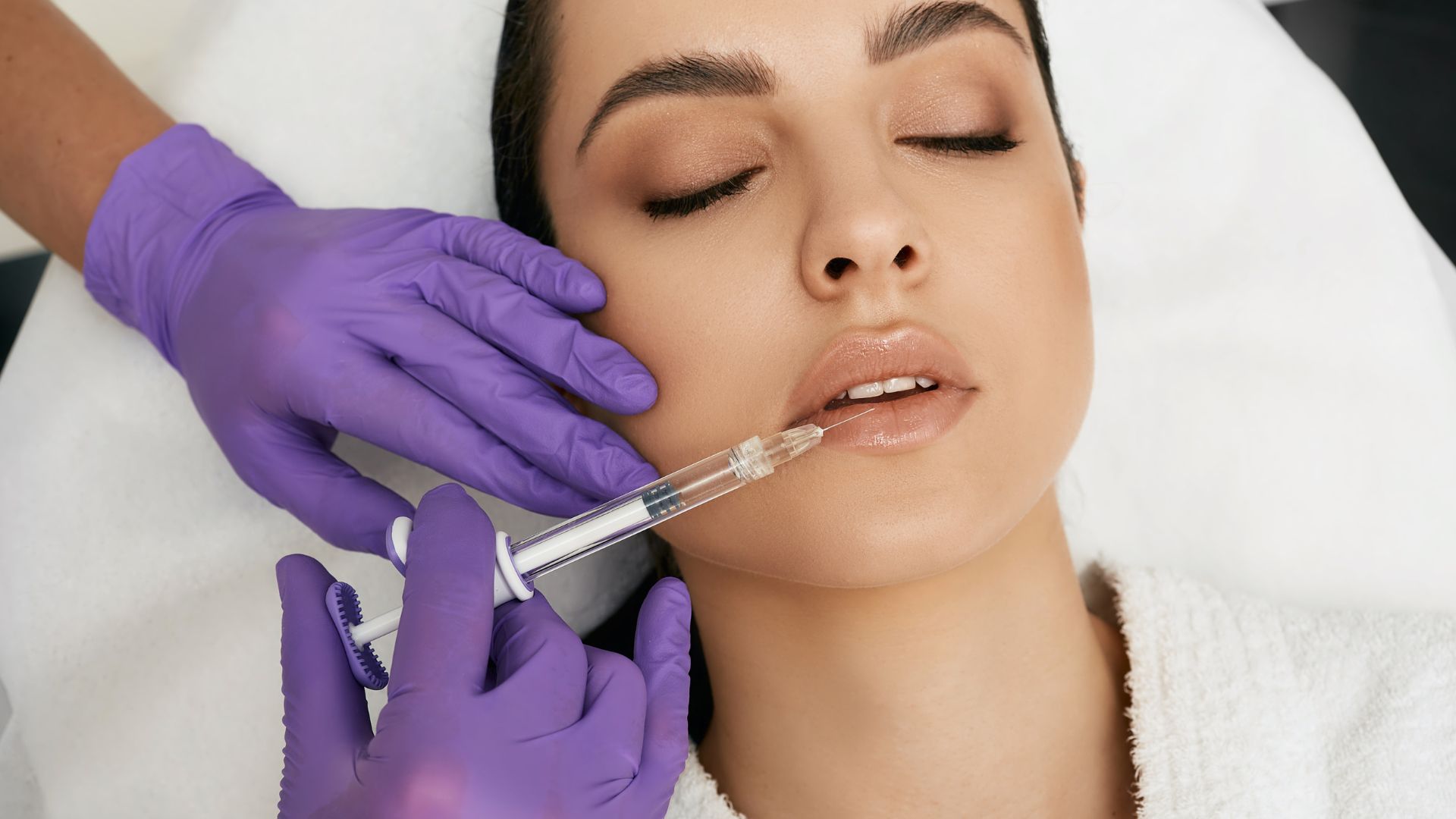
- Understanding facial anatomy for optimal lip filler techniques
- Tailoring lip filler treatments to individual patient goals
- Advanced techniques and safety considerations in lip augmentation

Understanding Facial Anatomy and Its Impact on Lip Filler Techniques
A thorough understanding of facial anatomy is essential for safe and effective lip filler application. Here’s why:- Importance of Anatomy Knowledge: Knowing the underlying structures, such as arteries and nerves, helps practitioners avoid complications like vascular occlusions or intravascular injections, which can lead to severe complications.
- Key Anatomical Considerations: Specific areas like the vermillion border, cupid’s bow, philtrum columns, and oral commissures are crucial for achieving a natural-looking outcome. Focusing on these regions allows for precise filler placement, enhancing the lips’ natural shape and appearance while maintaining a youthful appearance.
- Assessing Individual Patient Features: Every patient has unique lips. Factors like lip shape, skin type, age, and ethnic background should guide the choice of lip filler techniques. For example, hyaluronic acid-based fillers are popular due to their safety profile and natural-looking results, which are ideal for subtle enhancement or addressing volume loss.

Tailoring Lip Filler Techniques to Individual Faces
Customizing lip filler treatments starts with understanding each patient’s aesthetic goals and unique facial structure. Here’s how practitioners can achieve optimal results:- Identifying Patient Goals: The first step is to determine what the patient desires—be it added volume, enhanced symmetry, or a discreet augmentation.
- Choosing the Right Technique: Various lip filler techniques can be employed to achieve different outcomes:
- Linear Threading: Ideal for defining the vermillion border and creating a natural-looking volume. This popular method works well for patients looking to enhance lip definition without significant swelling or bruising.
- Serial Puncture: Best for targeted volume increase, especially in correcting asymmetries. This method involves multiple precise injections to add volume where needed.
- Fanning and Cross-Hatching: Suitable for broader areas requiring even filler distribution, these techniques provide a fuller look while maintaining a natural shape.
- Customizing Techniques Based on Face Shape: Adjusting lip filler methods according to the patient’s face shape (oval, round, square, heart-shaped) is crucial for maintaining facial harmony. For instance, heart-shaped faces might benefit from enhancing the cupid’s bow and philtrum columns, while round faces may require volume at the outer corners to create balance.

Advanced Techniques for Optimal Results
To achieve the best aesthetic outcomes in lip augmentation, practitioners often combine multiple lip filler injection techniques. This approach allows for more tailored results:- Combining Techniques: Using a combination of methods, such as linear threading for defining the vermilion border and fanning for adding fullness, can enhance both lip definition and overall volume. Combining techniques addresses multiple aesthetic goals in a single session, such as achieving a natural appearance while increasing lip volume. Studies suggest that combining techniques can reduce the risk of complications like vascular side effects by allowing for more controlled and precise filler placement.
- Innovative Approaches: Advanced tools and techniques, such as the use of microcannulas instead of traditional needles, are gaining popularity due to their ability to minimize bruising and swelling. Microcannulas reduce the risk of penetrating labial arteries and provide a safe injection technique that reduces pain and improves patient comfort. According to a study published in the Journal of Drugs in Dermatology, microcannulas result in fewer adverse events compared to needles, making them a preferred choice for achieving natural-looking outcomes.
- Latest Trends in Lip Fillers: Techniques such as the Russian Lip Technique and the Lip Tenting Technique are trending in the aesthetic industry. The Russian Technique focuses on vertical injections to lift the lip and create a more pronounced cupid’s bow without adding excessive volume, which is ideal for patients seeking a subtle enhancement. Meanwhile, the Lip Tenting Technique involves creating a “tent” of filler to add structure and support, achieving a fuller yet natural shape. Both methods cater to different aesthetic preferences, from those desiring a more defined pout to those seeking a youthful appearance with minimal filler use.

Continuing Education and Skill Enhancement with Aesthetics Medical Training in Reno, NV
In the ever-evolving field of aesthetic medicine, continuous learning is crucial for staying current with new techniques and trends. Here’s how ongoing training with Aesthetics Medical Training (AMT) can enhance your practice:- Value of Ongoing Training: The aesthetic industry is rapidly advancing, with innovative methods like Russian lip filler techniques and hyaluronic acid fillers becoming more popular. To deliver the best outcomes, practitioners need to keep up with these changes. Regular training significantly improves practitioners’ competence and reduces complications such as bruising and swelling. This is particularly important for achieving natural-looking results with minimal adverse effects.
- AMT’s Educational Offerings: AMT offers a wide range of comprehensive courses, including Botox, dermal fillers, and laser treatments. Our hands-on training focuses on practical skills, such as mastering lip filler injection techniques like linear threading and fanning for different lip shapes and patient goals. By understanding key areas, practitioners can tailor treatments to achieve optimal aesthetic outcomes.
- Building Confidence and Competence: AMT’s expert-led classes and mentorship programs are designed to build both technical skills and confidence. Whether you are a junior practitioner or an experienced aesthetics professional looking to refine your technique, our training ensures you can perform lip augmentation procedures safely and effectively. This helps preventing vascular complications and achieving perfect results without the risk of severe swelling or allergic reactions.

Thinking About Advancing Your Aesthetics Skills?
Contact our team today to learn how our training programs and cutting-edge technology can support your journey. Fill out the form or give us a call to get started.


